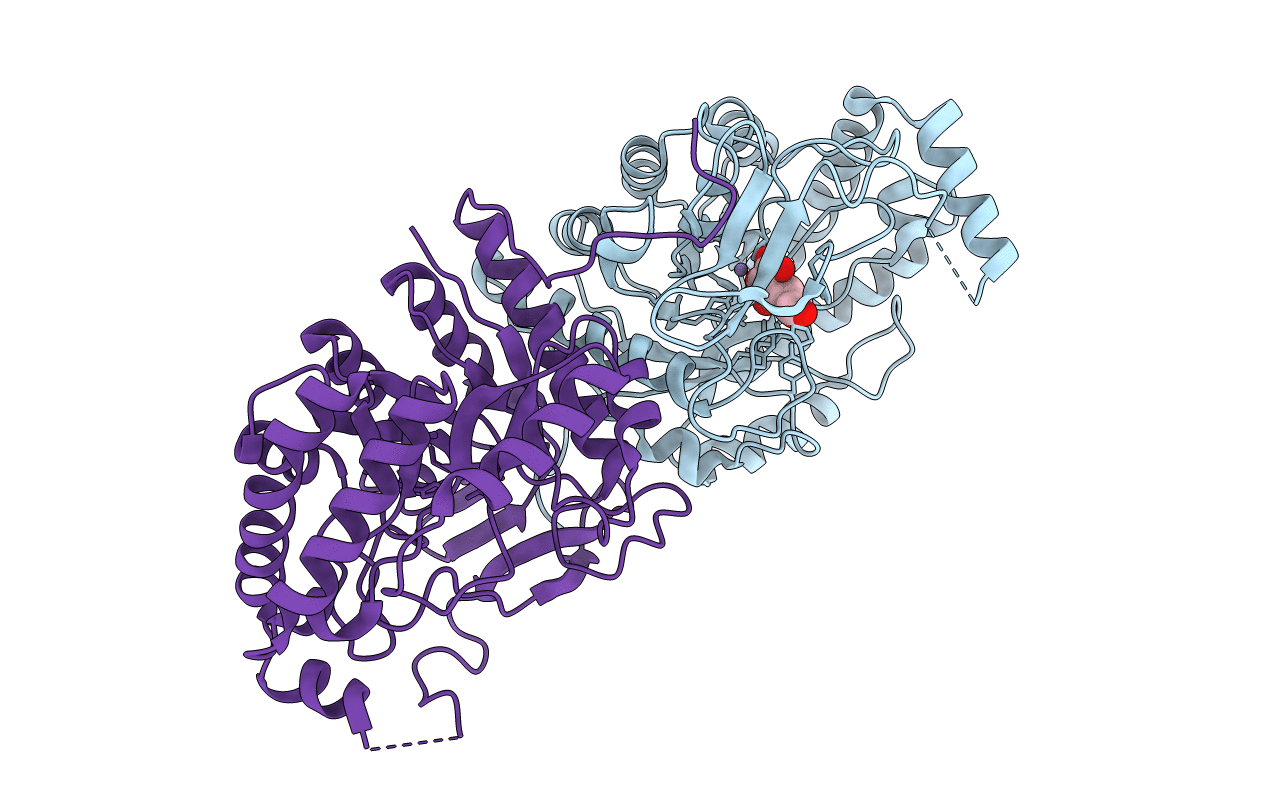
Deposition Date
2008-06-02
Release Date
2009-06-23
Last Version Date
2024-03-20
Entry Detail
PDB ID:
3DBN
Keywords:
Title:
Crystal structure of the Streptoccocus suis serotype2 D-mannonate dehydratase in complex with its substrate
Biological Source:
Source Organism:
Streptococcus suis (Taxon ID: 391295)
Host Organism:
Method Details:
Experimental Method:
Resolution:
2.90 Å
R-Value Free:
0.28
R-Value Work:
0.23
R-Value Observed:
0.23
Space Group:
P 43 21 2


